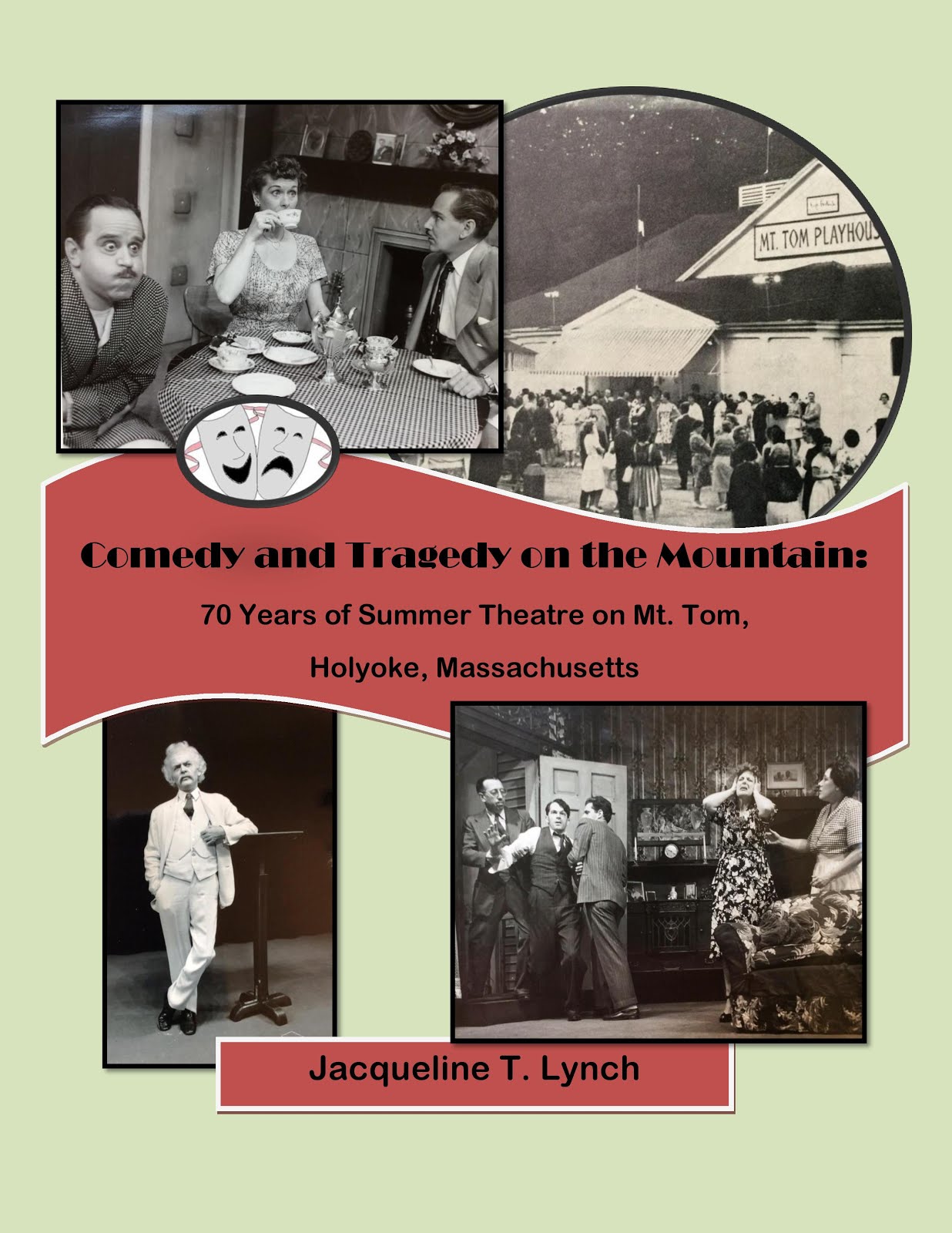Before we say goodbye to April, we might recall that solid, rhythmic dirge, “On the eighteenth of April, in Seventy-Five/Hardly a man is now alive/Who remembers that famous day and year.”
Many of us remember that famous day and year only because of Henry Wadsworth Longfellow’s poem “Paul Revere’s Ride”. We coming into several months (and years, probably), of Civil War commemorations on the 150th anniversary of that war, but one thing we might also remember is that the turmoil between the North and South, even before the war actually started, coincided with a renewed interest in the American Revolution. Longfellow’s poem, published in 1860, was part of this nostalgia for a time when American ideals seemed more cohesive and the country moved as one with a greater sense of purpose.
Paul Revere, though a man of some repute in Boston for being a craftsman, businessman, solid citizen, and like many of his generation, a Revolutionary War vet, really didn’t come into the national pantheon of American heroes until Longfellow made him a hero in his poem.
His deed was to be sent by Dr. Joseph Warren, on the night of April 18, 1775, to Lexington to warn Samuel Adams and John Hancock that they were about to be arrested by British soldiers. Revere was rowed across the Charles River from Boston to Charleston by two other revolutionaries, borrowed a horse, saw that the signal of two lanterns hanging in the church bell tower meant the British were going to cross into Cambridge over the water route rather than on the march out Boston Neck, and delivered the warning.
Then a couple of other riders joined in spreading the alarm, William Dawes, and Dr. Samuel Prescott. The trio decided to continue on to Concord. All three of them were arrested by British soldiers, and Prescott and Dawes managed to escape, but Paul Revere was held for a time, then released, though they confiscated his borrowed horse.
We don’t hear too much about Dawes or Dr. Prescott, not having poems written about them, but Dawes’ part in the adventure is recounted here on his grave marker at the King’s Chapel Burial Ground in Boston.
Paul Revere’s grave marker, at the Old Granary Burial Ground is without any such description, but you don’t need a commemorative marker when Longfellow writes a poem about you.
Oh, and he’s also got this equestrian statue, and that’s the Old North Church in the background. As you can see, he still rides to spread the alarm to every Middlesex village and farm.
Have a look here for more on Paul Revere at this website. Longfellow’s poem is below, for we can never think of Paul Revere without thinking of the poem.
Paul Revere's Ride
Henry Wadsworth Longfellow, 1860.
LISTEN, my children, and you shall hear
Of the midnight ride of Paul Revere,
On the eighteenth of April, in Seventy-Five;
Hardly a man is now alive
Who remembers that famous day and year.
He said to his friend, "If the British march
By land or sea from the town to-night,
Hang a lantern aloft in the belfry arch
Of the North Church tower, as a signal light, --
One, if by land, and two, if by sea;
And I on the opposite shore will be,
Ready to ride and spread the alarm
Through every Middlesex village and farm,
For the country-folk to be up and to arm."
Then he said "Good-night!" and with muffled oar
Silently rowed to the Charlestown shore,
Just as the moon rose over the bay,
Where swinging wide at her moorings lay
The Somerset, British man-of-war;
A phantom ship, with each mast and spar
Across the moon like a prison-bar,
And a huge black hulk, that was magnified
By its own reflection in the tide.
Meanwhile, his friend, through alley and street
Wanders and watches with eager ears,
Till in the silence around him he hears
The muster of men at the barrack door,
The sound of arms, and the tramp of feet,
And the measured tread of the grenadiers,
Marching down to their boats on the shore.
Then he climbed the tower of the Old North Church,
By the wooden stairs, with stealthy tread,
To the belfry-chamber overhead,
And startled the pigeons from their perch
On the somber rafters, that round him made
Masses and moving shapes of shade, --
By the trembling ladder, steep and tall,
To the highest window in the wall,
Where he paused to listen and look down
A moment on the roofs of the town,
And the moonlight flowing over all.
Beneath, in the churchyard, lay the dead,
In their night-encampment on the hill,
Wrapped in silence so deep and still
That he could hear, like a sentinel's tread,
The watchful night-wind, as it went
Creeping along from tent to tent,
And seeming to whisper, "All is well!"
A moment only he feels the spell
Of the place and the hour, the secret dread
Of the lonely belfry and the dead;
For suddenly all his thoughts are bent
On a shadowy something far away,
Where the river widens to meet the bay, --
A line of black, that bends and floats
On the rising tide, like a bridge of boats.
Meanwhile, impatient to mount and ride,
Booted and spurred, with a heavy stride
On the opposite shore walked Paul Revere.
Now he patted his horse's side,
Now gazed on the landscape far and near,
Then, impetuous, stamped the earth,
And turned and tightened his saddle-girth;
But mostly he watched with eager search
The belfry-tower of the Old North Church,
As it rose above the graves on the hill,
Lonely and spectral and somber and still.
And lo! as he looks, on the belfry's height
A glimmer, and then a gleam of light!
He springs to the saddle, the bridle he turns,
But lingers and gazes, till full on his sight
A second lamp in the belfry burns!
A hurry of hoofs in a village street,
A shape in the moonlight, a bulk in the dark,
And beneath, from the pebbles, in passing, a spark
Struck out by a steed flying fearless and fleet:
That was all! And yet, through the gloom and the light,
The fate of a nation was riding that night;
And the spark struck out by that steed, in his flight,
Kindled the land into flame with its heat.
He has left the village and mounted the steep,
And beneath him, tranquil and broad and deep,
Is the Mystic, meeting the ocean tides;
And under the alders that skirt its edge,
Now soft on the sand, now loud on the ledge,
Is heard the tramp of his steed as he rides.
It was twelve by the village clock,
When he crossed the bridge into Medford town.
He heard the crowing of the cock,
And the barking of the farmer's dog,
And felt the damp of the river fog,
That rises after the sun goes down.
It was one by the village clock,
When he galloped into Lexington.
He saw the gilded weathercock
Swim in the moonlight as he passed,
And the meeting-house windows, blank and bare,
Gaze at him with a spectral glare,
As if they already stood aghast
At the bloody work they would look upon.
It was two by the village clock,
When he came to the bridge in Concord town.
He heard the bleating of the flock,
And the twitter of birds among the trees,
And felt the breath of the morning breeze
Blowing over the meadows brown.
And one was safe and asleep in his bed
Who at the bridge would be first to fall,
Who that day would be lying dead,
Pierced by a British musket-ball.
You know the rest. In the books you have read,
How the British regulars fired and fled, --
How the farmers gave them ball for ball,
From behind each fence and farm-yard wall,
Chasing the red-coats down the lane,
Then crossing the fields to emerge again
Under the trees at the turn of the road,
And only pausing to fire and load.
So through the night rode Paul Revere;
And so through the night went his cry of alarm
To every Middlesex village and farm, --
A cry of defiance and not of fear,
A voice in the darkness, a knock at the door,
And a word that shall echo forevermore!
For, borne on the night-wind of the Past,
Through all our history, to the last,
In the hour of darkness and peril and need,
The people will waken and listen to hear
The hurrying hoof-beat of that steed,
And the midnight-message of Paul Revere.













